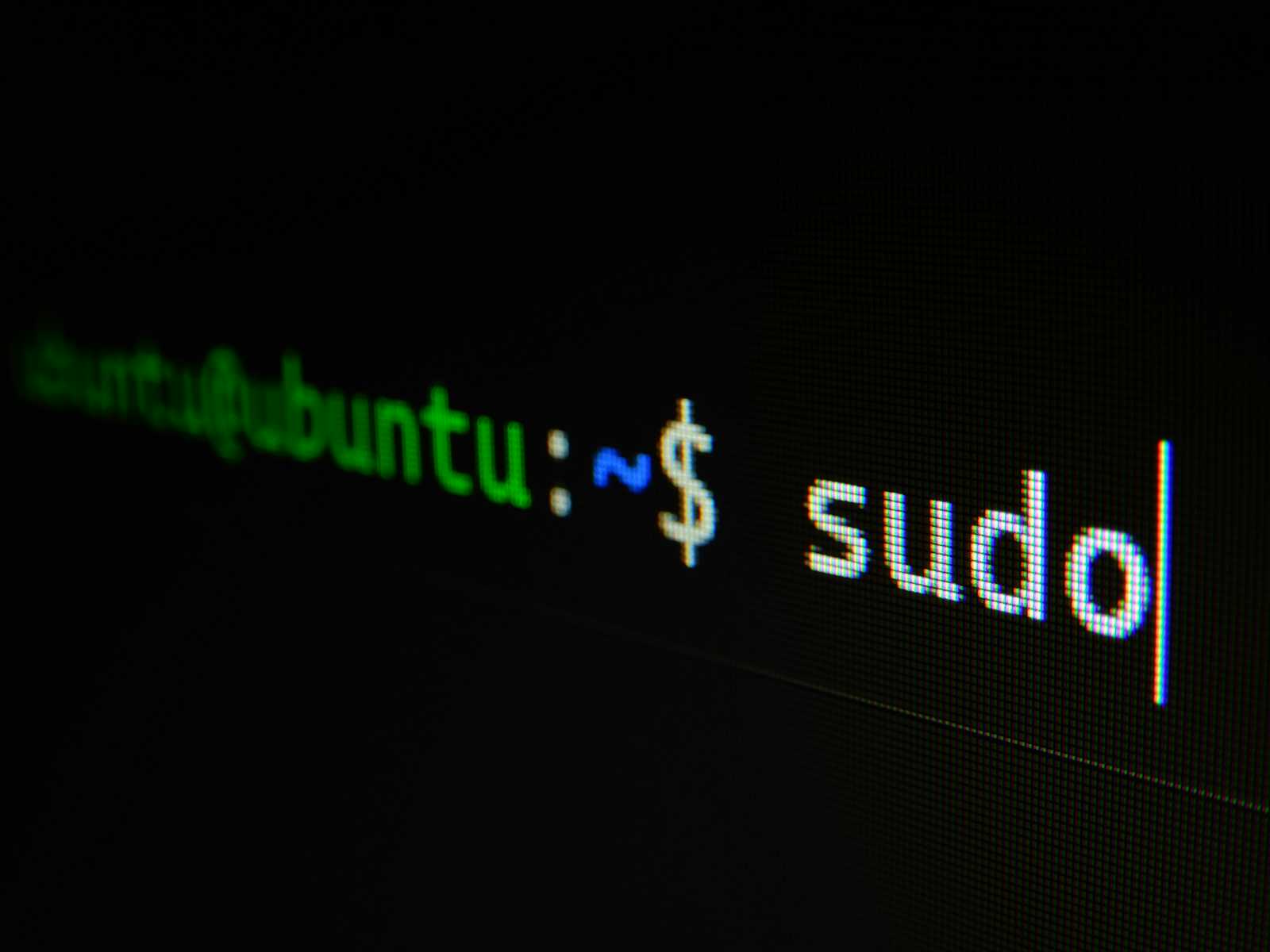Exploring the Linux Filesystem
 Aryan Gupta
Aryan Gupta
Content
Introduction
Key Linux Directories and their Structure
Conclusion
Introduction
The Linux filesystem is a core component of of any Linux-based operating system. For a Linux/Unix OS to work properly, filesystem is required which consists of different directories with subdirectories and files. Each file in Linux has a purpose and it is required for proper functioning of the operating system.
At the top of this structure is the root directory, denoted by a forward slash (/). All files and directories stem from this root, creating a tree-like hierarchy that makes navigating and managing the system both intuitive and powerful. This design allows users and administrators to access and manipulate files consistently, regardless of their physical location on storage devices.
In this article, we will explore the key directories in Linux, explaining their purposes and typical contents, to give you a comprehensive understanding of how data is organized and managed on a Linux system.
Key Linux Directories and their Structure
The Linux directory structure is a well-organized, hierarchical file system that begins with the root directory (/). Each directory has a specific purpose, helping to maintain an organized environment that separates system files from user data and keeps essential files easy to locate. Below is an overview of the key directories found in a standard Linux installation:
/(Root Directory)
The root directory is the top-level directory of the Linux file system. All other files and directories are nested under the root. It is represented by a single forward slash (/)./bin(Binaries)
Contains essential command-line binaries (executables) needed for the system to boot and run in single-user mode. Common user commands likels,cp, andmvare stored here./boot
Stores files required for booting the system, such as the Linux kernel, initial RAM disk (initrdorinitramfs), and bootloader configuration files./dev(Device Files)
Contains device files that represent hardware components and devices like hard drives, terminals, and printers. These files act as an interface to the hardware, allowing software to interact with physical devices./etc(Configuration Files)
Holds system-wide configuration files and shell scripts used for booting and system initialization. This directory is critical for managing system settings and configurations./home
Contains personal directories for each user except the root user. Each user’s files, settings, and documents are stored here (e.g.,/home/username)./liband/lib64(Libraries)
These directories contain shared libraries needed by the binaries in/binand/sbin. On 64-bit systems,/lib64holds 64-bit libraries, while/libcontains 32-bit libraries./media
Used as a mount point for removable media, such as USB drives, CDs, and DVDs. When these devices are connected, they are typically mounted in this directory./mnt
A directory traditionally used as a temporary mount point for file systems that are mounted manually, often by system administrators./opt(Optional Software)
Intended for the installation of third-party software packages that are not part of the default Linux distribution. Each application can have its own directory within/opt./proc(Process Information)
A virtual file system that provides a mechanism to access kernel and process information. The files and directories in/procrepresent the current state of the kernel and running processes./root
The home directory for the root user (superuser). It is separate from/hometo ensure that the root user’s directory is available even if/homeis on a separate partition./run
A temporary file system (tmpfs) used for storing runtime data such as process IDs (PIDs) and sockets. Files in/rundo not persist across reboots./sbin(System Binaries)
Contains essential system binaries used for system administration tasks, typically by the root user. Commands likeifconfigandrebootare located here./srv(Service Data)
Used to store data for services provided by the system, such as web servers and FTP servers. The contents depend on the services running on the server./sys(System Information)
A virtual file system that provides information about the kernel and system hardware. It allows users to view and sometimes change certain kernel parameters./tmp(Temporary Files)
A directory for storing temporary files created by users or applications. The contents of/tmpare typically deleted upon system reboot./usr(User Programs)
Contains user-installed software and system libraries. It has several subdirectories, including:/usr/bin: Non-essential command binaries for all users./usr/sbin: Non-essential system binaries./usr/lib: Libraries for/usr/binand/usr/sbin./usr/local: Locally installed software and custom scripts.
/var(Variable Files)
Contains files that are expected to grow in size, such as logs, caches, and temporary files. Subdirectories include:/var/log: System and application log files./var/spool: Directories for mail and print queues./var/tmp: Temporary files that should persist across reboots.
This directory structure is designed to keep the Linux system organized, secure, and efficient, making it easier for users and administrators to manage files and navigate the file system. Understanding this structure is key to mastering Linux and effectively managing a Linux-based environment.
Conclusion
Understanding the Linux directory structure is fundamental for anyone working with or learning about Linux. The well-organized, hierarchical file system design allows for efficient file management, better security, and streamlined system administration. Each directory in Linux has a specific purpose, from holding essential system binaries in /bin to storing user data in /home, and even maintaining system configuration files in /etc.
By familiarizing yourself with the different directories and their roles, you can navigate the Linux file system with confidence and ease. This knowledge not only helps in managing files and applications but also in troubleshooting system issues and optimizing performance. As you continue to explore and work with Linux, a solid grasp of its directory structure will empower you to become more proficient in utilizing the full potential of this versatile operating system.
Whether you're a new user just starting out or a seasoned administrator, understanding the Linux directory structure is an invaluable skill that will enhance your overall experience and effectiveness in using Linux.
Subscribe to my newsletter
Read articles from Aryan Gupta directly inside your inbox. Subscribe to the newsletter, and don't miss out.
Written by
